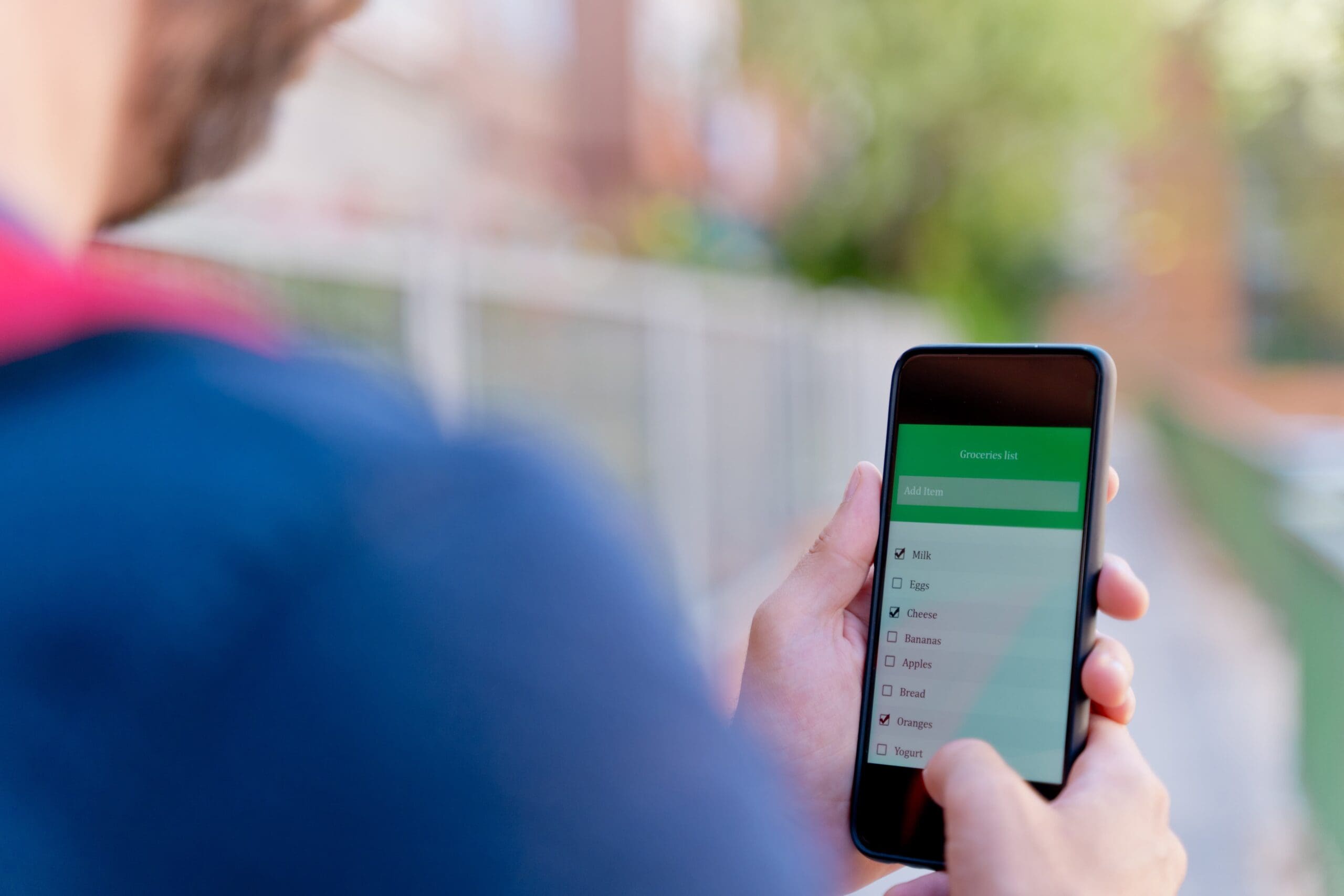TL;DR: Building a recovery network is the fastest way to turn skills into habits. Below: who to include, how to find them, simple scripts to ask for help, and how Comfort Recovery Center can match you with the right level of care.
If you’re building a recovery network, think “small, reliable, and routine.” A few consistent people plus recurring check-ins beats a long list you rarely use.
Why Networks Protect Sobriety
- Accountability: regular check-ins make early warning signs easier to catch.
- Skill transfer: peers share practical coping tools that work outside the therapy room.
- Stress buffer: social support lowers relapse risk and helps you recover from setbacks faster.
See research summaries via NIDA and community resources on SAMHSA.
Who Belongs in Your Network
- Mentor/sponsor: someone a few steps ahead who answers honestly.
- Two peers: similar schedules; exchange daily plans and wins.
- Clinician: therapist or counselor for deeper work and relapse prevention planning.
- Family ally: one relative who respects boundaries and supports routines.
Where to Find People (Online & Local)
- Program referrals: ask your case manager for alumni lists and peer introductions.
- Meetings: 12-Step and non-12-Step options (SMART, LifeRing) offer varied styles.
- Online groups: moderated chat/video rooms and day-counter apps for daily check-ins.
- Wellness add-ons: fitness, meditation, or volunteer groups to broaden healthy connections.
Scripts to Ask for Help
- Mentor ask: “I’m building a small support circle. Would you be open to a 10-minute call weekly for a month?”
- Peer buddy: “Can we swap AM/PM check-ins for two weeks—plan in the morning, wins at night?”
- Family ally: “Here’s my schedule. When cravings spike, can I text you that I’m stepping outside for 10 minutes?”
Make It Real in Your Calendar

Turn building a recovery network into appointments:
- Two 10-minute check-ins (AM/PM) with a peer.
- One 30-minute mentor call per week.
- One therapy session; one group meeting.
Add reminders, keep notes, and review weekly what helped the most.
How Comfort Recovery Center Can Help
We offer both inpatient and outpatient tracks, so support can match your current risk and goals.
- Our Programs: compare levels of care and structured supports.
- Outpatient Programs: keep life moving while you build your network.
- Contact: get matched to groups, alumni, and case management.
Bottom Line
Building a recovery network is about routine connection, not perfect motivation. Start small, schedule it, and let consistency compound.
Ready to Build Your Circle?
We’ll help you set check-ins, find groups, and choose the right level of care. Begin with Our Programs or message us via Contact.









